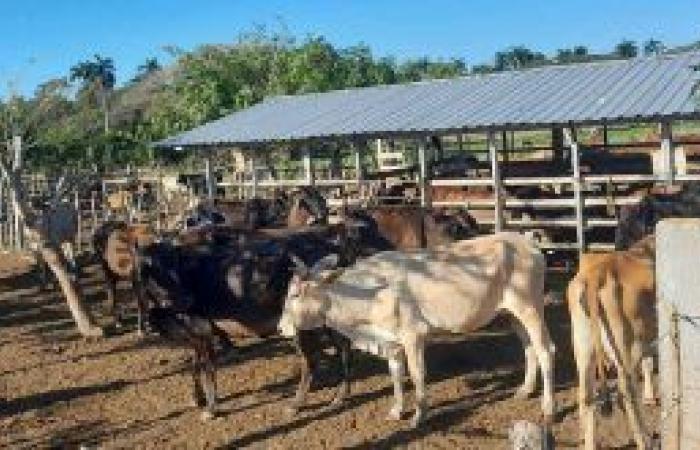The inspection that began last March involves all state and private owners of both properties in Sancti Spíritus and reports an execution close to 40 percent of the schedule, with beneficial results.
The visit to each landowner has no precedent in the territory. (Photo: Andy González/Facebook).
After covering the first months, the joint exercise of land control and livestock ownership has allowed Sancti Spíritus to identify an inventory of problems and illegalities, as well as channel solutions and lay foundations for better exploitation of the land.
It turned out that the province has carried out nearly 40 percent of the process – which began last March – which involves all state and private owners of both assets and envisages among the essential purposes moving towards land management and livestock activity.
Pedro López Cabello, general deputy delegate of Agriculture in Sancti Spíritus, values the inspection work carried out in this first stage as positive. “From the first moment – he said – we saw the producers’ concern to organize themselves and they began to attend the livestock registries to declare deaths and births of animals that they had not done for different reasons,” he said.
According to the information provided to Escambray, In the more than three months of work of the exercise – it is applied throughout the country -, more than 5,130 illegalities were identified in the territory, the most significant are concentrated in files of owners without land certification, with the usufruct contract expired or without it, usufructuaries without a production contract; tenants with idle areas, benefactors or illegal constructions and undeclared births, the latter, with a figure that astonishes: 2,631.
Until the first week of June, 46 percent of the illegalities are reported solved, while the exercise reflects impacts as part of the rehiring process, through which more than 118 tons of food and 25,500 liters of milk are recovered.
The inspection is carried out by work commissions at the level of Popular Councils, it has a calendar throughout the year, although the territory seeks to conclude the exercise before December; The process includes reviewing the state productive bases, cooperatives and individual owners who have livestock, a universe of landowners and tenants throughout the province that is around 23,700.
According to information from López Cabello, the exercise has brought to light underdeclaration of productions, unregistered animals and undeclared deaths; also more than 3,300 idle hectares in more than 500 producers. “Since the majority have not been able to work the land due to resource limitations, deadlines are being given so that they can resume exploitation of the land,” he said.
He also insisted that along with the inspection it is about applying measures when feasible. “Fines have been applied, cases taken to the Agrarian Commission, 268 usufruct contracts on the land have been extinguished and documents have been updated for another 868 usufructuaries,” he explained.
In the case of land, he highlighted, the process is aimed at updating the situation of use, creating discipline among producers on the farm, so that it is used for the object that was approved at the time of delivery. “The exercise will allow us to update the amount of land we have idle, review the contracting process and production destinations,” he insisted.


